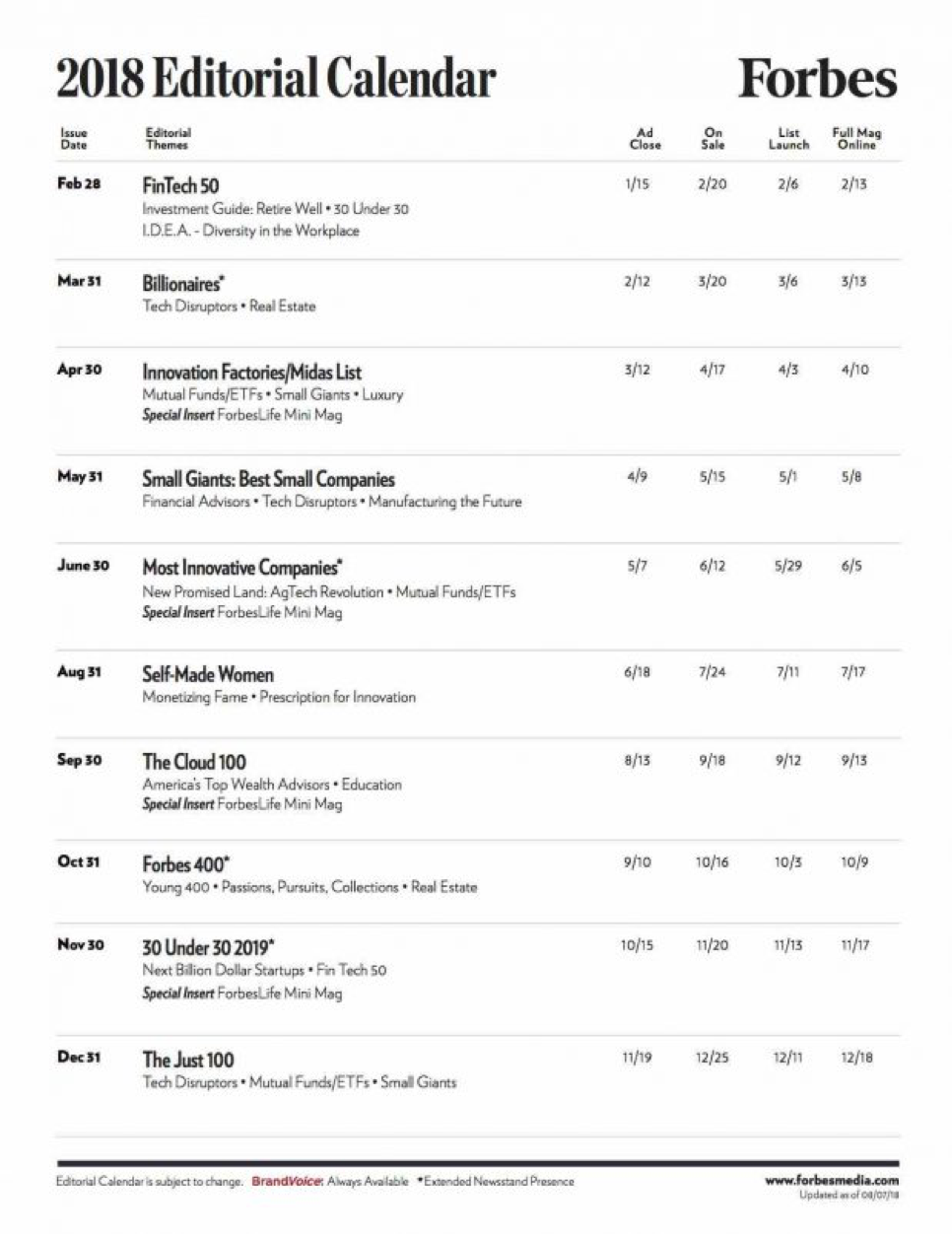6 Ways to Improve Synergy Across Your Marketing Platforms

6 Ways to Improve Synergy Across Your Marketing Platforms
Contributed ContentYou can increase the power of your content marketing if you align the topics and themes across all of your venues. This will deliver a consistent message to your audience.
Synergy. According to Merriam-Webster, it is “the benefit that results when two or more agents work together to achieve something either one couldn’t have achieved on its own. It’s the concept of the whole being greater than the sum of its parts.”
While it is often used in business to relate to mergers and acquisitions, the term also has a clear relationship to marketing.
When marketing venues can be aligned in terms of messaging, a target audience can be reached no matter where online it may be. This is especially true for content marketing and the messages that are posted on social media platforms.
Though these two venues are very different, your business goals and your intended audience are the same. Aligning these two venues provides the consistency of messaging you need and ensures that all of your audience “hears” the same thing from you at the same time.
Here are six tips that will get you the synergy you need.
1. Revisit Your Marketing Goals
Your ultimate business goal is to make sales. But along the way, there are a number of other sub-goals that must be met.
Marketing goals involve conversions all along the sales funnel. When you plan a marketing campaign, you need to map out your buyer’s journey, determine the conversions you want at each stage, and then plan your content to achieve those conversions.
For example, initially, your goal is not to sell your product or service. Your goal is to introduce your brand as one that is valuable and to establish relationships. You might want an early conversion such as a subscription to your blog or sharing of your social media posts. Your content should relate to people’s pain points but also educate, entertain, or inspire.
Distinguish between your micro and macro conversions. Micro conversions are those smaller things that potential customers do early on in a buying journey.
Macro conversions are the more substantial conversions, such as an insurance customer asking for a quote or, ultimately, making a purchase. Either of these types can occur at many stages in a journey, but, for the most part, micros come early.
You should have your goals in place to create a successful content marketing and social media marketing strategy.
2. Revisit Your Customer Persona
Your current customer persona may not be as accurate as it can be, especially if you created it long ago.
Given the tools that are now available to access data, there is no reason not to develop a comprehensive customer persona, including past purchasing behaviors, specific pain points, and predictive models of where those customers will be and what they will be looking for. These personas are based in cold, hard reality, not just impressions or gut feelings.
For example, banks use big data as they develop loan products and marketing plans for those products based on customer data, not just hunches.
Data tells them which of their customer personas are looking for which types of loans, loan parameters, what interest rates they are willing to pay, what times of year they look for types of loans, etc. It can drive decisions about not just products but about marketing campaigns as well.
You need to discover the following: What are your customer pain points? What is their type of humor? What engages and inspires them? Where do they hang out online? How much have they been willing to spend on products or services such as yours?
All of these things will drive the content you create and how, when, and where you publish that content.
3. Identify Your Overreaching Value Proposition
If you know your customer’s needs, you must then identify how your product or service can meet those needs.
That value proposition must be clear across all of your marketing venues – your website, your blog, and your social media platforms – whenever you speak about your product. This is how you align content and social media marketing.
How will you do this? Consider Dollar Shave Club, a company that launched in 2011 after its founders identified a major pain point of potential customers and a way to solve it.
The value proposition was convenience: a subscription to razor blades that would be delivered once a month, eliminating the pain points of running out of razors, forgetting to stop at a store to buy them, and facing the “pain” (literal and figurative) of using a dirty, old razor.
The founders produced a hilarious explainer video for its website, introducing its value proposition, and continued to push that value on its blog and social media sites. It was a perfect alignment.

Today, Dollar Shave Club is a billion-dollar enterprise – because it made its value proposition clear.
4. Determine Topics for Marketing Campaigns
If you have done your homework, understand your marketing goals and the buyer’s journey, and have developed a clear picture of your audience, then you are ready to make decisions about content topics.
Topics should not be difficult to determine:
You know your audience, its pain points, and how your product or service can resolve them
- You understand your audience’s sense of humor and can use that as a method of engaging them
- You can study your competition and the content that is getting the most “play”
- You can use tools, such as BuzzSumo, to identify trending topics in your niche
- Create marketing campaigns that appeal to your audience.
5. Create a Content Calendar
You have topics. You now need to determine the sequence of delivering that content on a regular, scheduled basis. And those topics need to be the same for all of your marketing platforms – including your social media networks.
You need a content calendar, and you need to stick to it.
Here is a simple, easy calendar that Forbes Magazine uses for monthly theme topics.

This keeps Forbes organized and ensures it delivers consistent content across its channels.
6. Determine How the Topic Will Be Delivered
Begin with your blog post. You may have text, photos, other visuals, and/or perhaps a video. Once you have that to your liking, consider your other platforms.
Obviously, your entire blog post is not going on your Facebook or Instagram pages. You may even have to make some adjustments to the visuals/media and the amount of text, based on the guidelines of each platform.
However, the main topic/thesis must remain the same. In this way, all of your audiences receive the same message at the same time, and this gives you the consistency you want in a marketing campaign.
If you have an international audience, you have additional challenges. Your content will have to be translated and localized for any foreign audience, even if that audience resides in your country. You want the topic/theme to be the same but your language and your media to be culturally appropriate.
If you make the decision to establish a presence on any of the popular social media sites in other countries, then your challenge may be even greater. Use a good translation service, such as The Word Point – one that has a reputation for excellence.
Make sure your content and its messages are conveyed the same across all platforms and all languages.
Achieve Synergy in Your Marketing Channels
Aligning your marketing content on all of your venues is important if you want to keep your messages clear and consistent across all of your audiences.
To accomplish this, you must have clear marketing goals, a detailed picture of your audiences, defined value propositions, and consistency of message. It’s not hard to do if you follow the above steps.
